Johannesburg is one of South Africa’s most bustling and interesting cities. With so much going on, being a first-time visitor can be daunting, but the experts at TomFlies.com are here to help! Take a look below at our must-knows if you are going to Joburg.
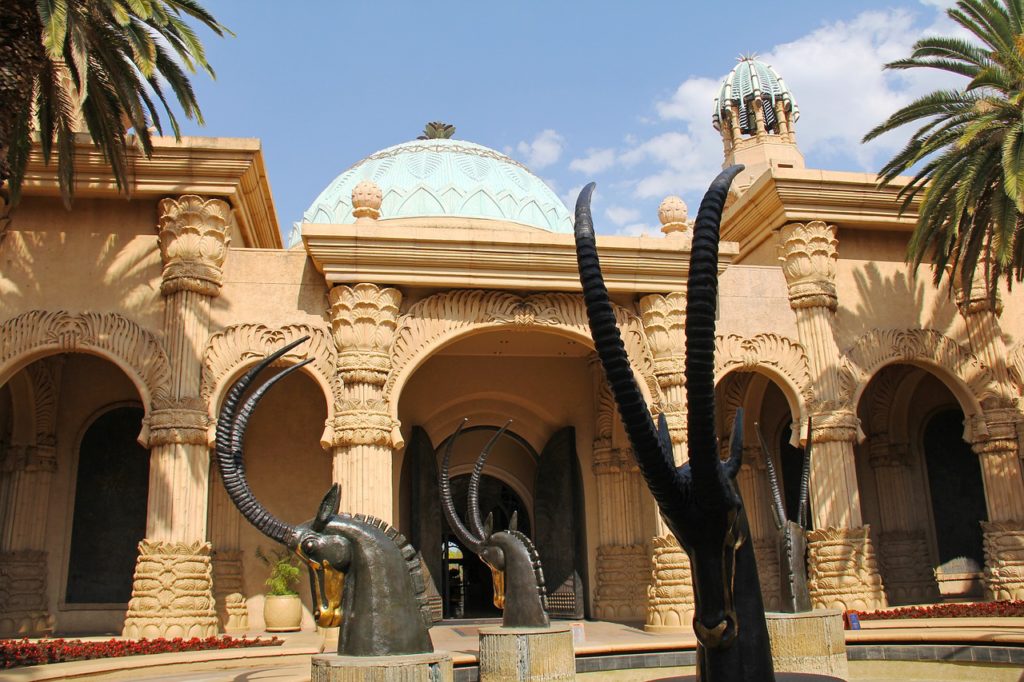
Before You Go
Entry Requirements – The entry requirements for South Africa are pretty lax for U.S. citizens over the age of 18. No special tourist visa or immunizations are required. All you need to visit South Africa is a valid passport with at least two blank pages. Requirements are stricter for children entering the country and they will require not only a valid passport, but also an unabridged birth certificate stating both parents’ full names. If the child is travelling without both parents, they must provide a stamped affidavit in which the absent parent(s) give permission for the child to travel.
About – South Africa is a very developed country. It is a G20 nation making it one of the top economies in the world and Johannesburg is the economic hub of South Africa. The road infrastructure in the city is excellent and the tap water is potable even for foreigners. However, keep in mind that the further out you get from the metropolitan areas, the lower quality infrastructure there will be. Economic disparity is also a widespread problem in Johannesburg, and South Africa in general. While some areas, like Soweto, are notoriously underdeveloped, you can still visit these places and have a great time – South African people are generally friendly. Just be mindful of your safety like you would in any big city.
Climate – Summers in Johannesburg (November to March) are warm, humid, and wet. The summer months coincide with the rainy season so you may experience some thunderstorms. Winters (May to August) are mild and dry. The days will be sunny, but the nights will get cold, so be sure to pack accordingly. Snow is rare in the city, but if you go up into the mountains you will certainly see some of the white stuff. Spring and Fall will generally be mild and sunny.
Once You’re There
Where to go – The central business district (CBD) is the most visited area of Johannesburg. It was previously known as a particularly unsafe area, but that has changed since the 2010 World Cup. Now, revitalization of the district is in full swing and is popular with tourists. You’ll find a lot of shops and restaurants which represent the mixed African and European culture of the city.
Sandton is the other main neighborhood in Johannesburg for retail and business. This neighborhood is located in one of the wealthiest and most developed areas of Johannesburg and this is the destination of choice if you are looking for chic shopping and fine dining.
Soweto is the most (in)famous township in Johannesburg and the birthplace of the country’s revolution for democracy. The township is where you will find two of the must-see sites of Johannesburg – The Mandela House and the Tutu House. Nelson Mandela and Archbishop Desmond Tutu lived on Vilakazi Street in Soweto, so you can do a visit to both houses easily. Soweto is much safer than it was in past years, however it is confusing for tourists to get around, so we suggest visiting with an organized tour.
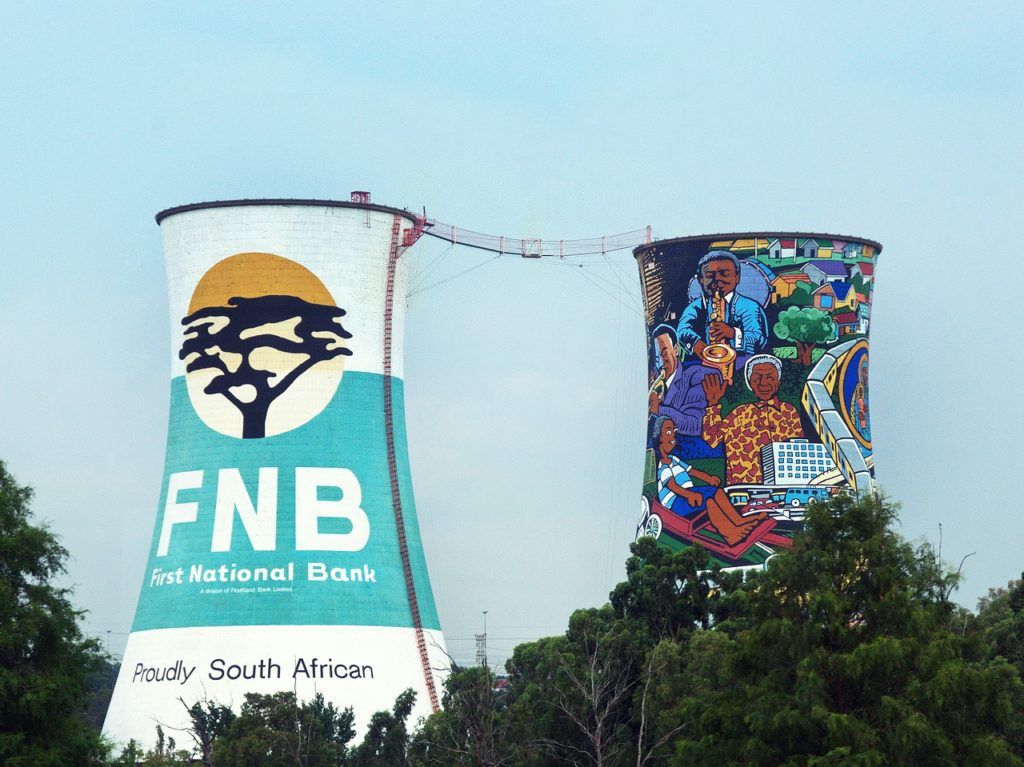
The Maboneng precinct is one of the success stories of Johannesburg’s urban renewal project. The neighborhood was once run-down and underdeveloped, but has since become a hot-spot for the chic, hip, and artsy. With art walks and boutique cafés, it can feel a bit more like Williamsburg than Johannesburg.
What to see – Constitution Hill is one of the main attractions of Johannesburg. It is the site of a former prison which held notable figures like Mandela and Gandhi. The site is no longer a prison and is currently the seat of South Africa’s Constitutional Court. It is also a living museum which serves as testament to the country’s tumultuous past. Guided tours of the site are available daily.
The Braamfontein Neighbourgoods Market opens every Saturday on Juta Street in Braamfontein. It is a prime spot for local crafts and good food. The neighborhood serves as an enclave for academics and, as such, the market draws many students and people looking for good deals on local products.
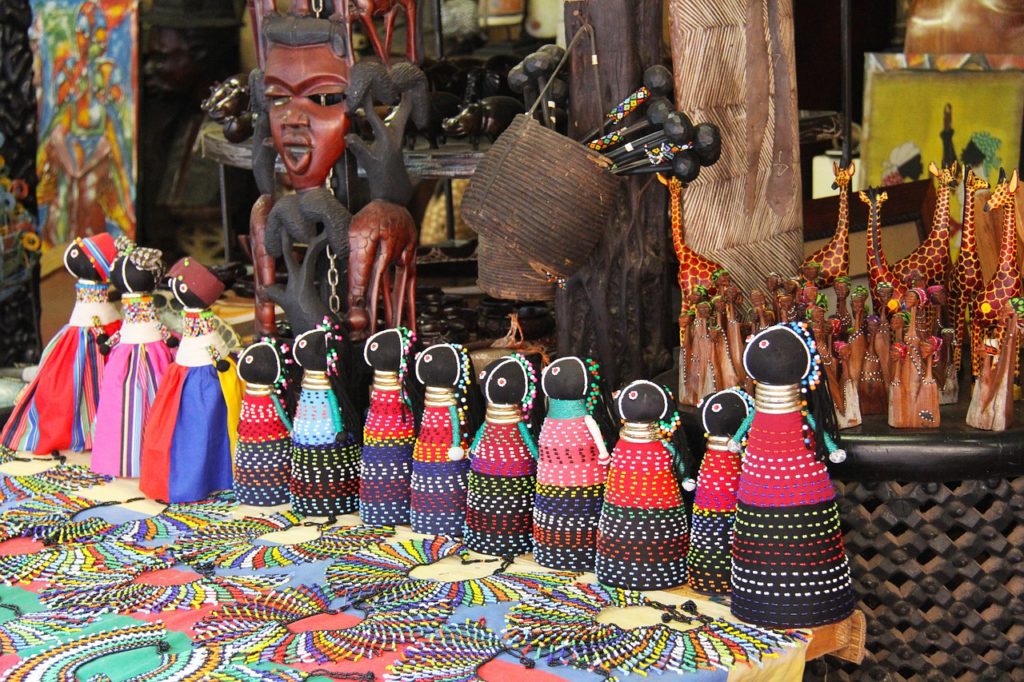
Gold Reef City is an amusement park complex located in an outer suburb of Johannesburg, Ormonde. It is located on a closed down gold mine and the park is themed around the gold rush that shaped much of the country’s landscape. The park is period-accurate and offers many rides and attractions for the whole family.
The Apartheid Museum is located in the same complex as Gold Reef City but separate from the theme park. This museum tells the story of the history of South Africa’s racial segregation – chronicling the horrors of the era, the fight to overthrow the tyrannical policies, and the eventual downfall of apartheid. There is a lot to cover in this museum so we suggest a full-day guided tour.
The Lion Park in the nearby Gauteng Province is one of the main tourist attractions in the area. It is a nature preserve which houses not just lions but also cheetahs, hyenas, leopards, and other indigenous wildlife. It is open year-round and offers several different choices for game drives and activities, including the opportunity to feed several of the animals by hand (don’t worry – only the herbivorous ones).
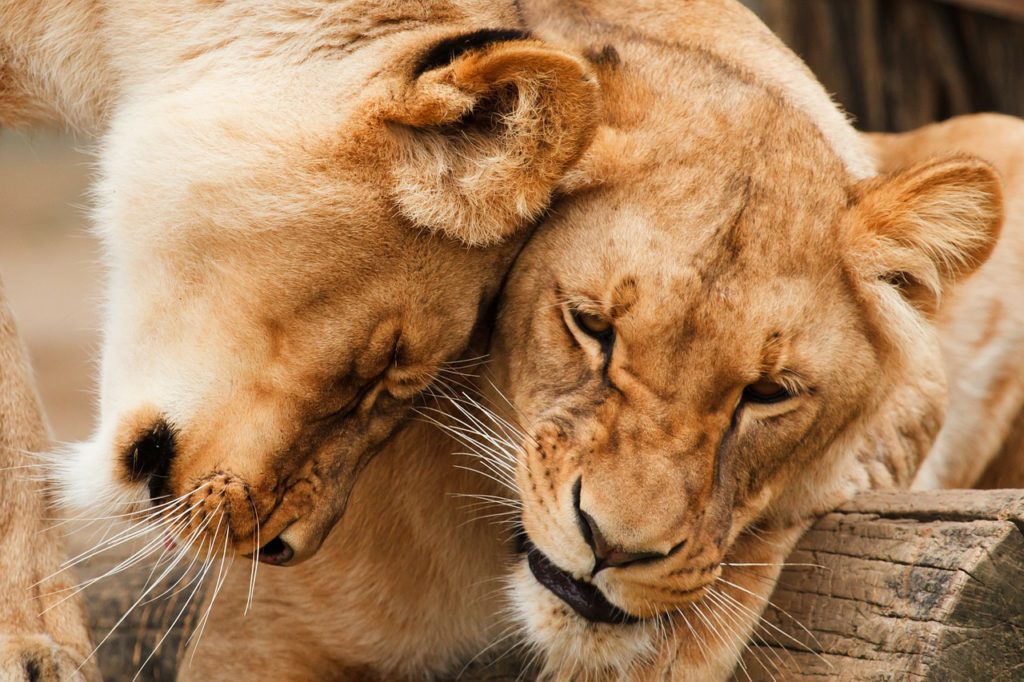
The John Kani Theatre (formerly Market Theatre) in Newtown is the perfect place to catch a show. The theatre was founded during the height of the apartheid era and was a center for the protest against the ruling regime at the time. Due to this, the theatre was nicknamed the “Theatre of the Struggle”. It was one of the only apartheid era establishments which had multiracial staff and clientele. Today, the theatre puts on many shows which highlight South African culture and celebrate the diversity of the country.
About an hour north of Johannesburg, you’ll find the Lesedi Cultural Village, which provides a great opportunity to learn about the culture of tribal South Africans. The Lesedi Cultural Village is a living museum which functions as a real village with residents who are descended from the Zulu, Xhosa, Pedi, and other tribes. Day tours and overnight stays are available for this one-of-a-kind learning experience.
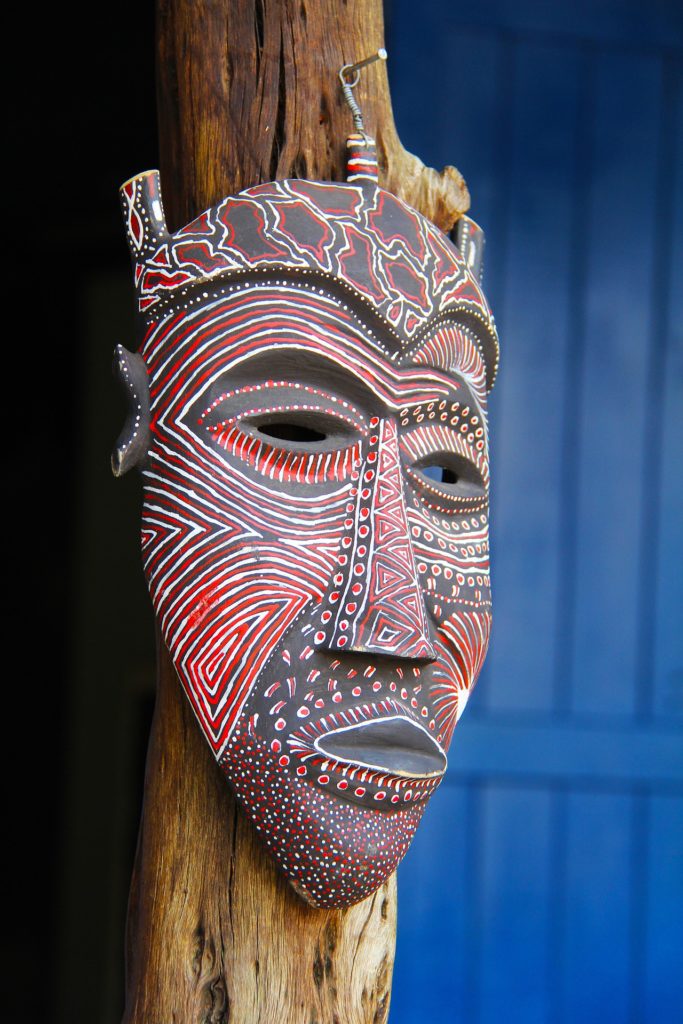
What to Eat – Biltong is the South African version of what may be a familiar food to you – jerky. It is made from meat which has been dried and cured in vinegar and spices. It is more tender than its Western counterpart and has a richer flavor. Due to biltong’s high protein and low fat content, it is an excellent healthy snack to take on the go. Grab some before your next hike or safari and you’ll be well-fed and energized the entire day.
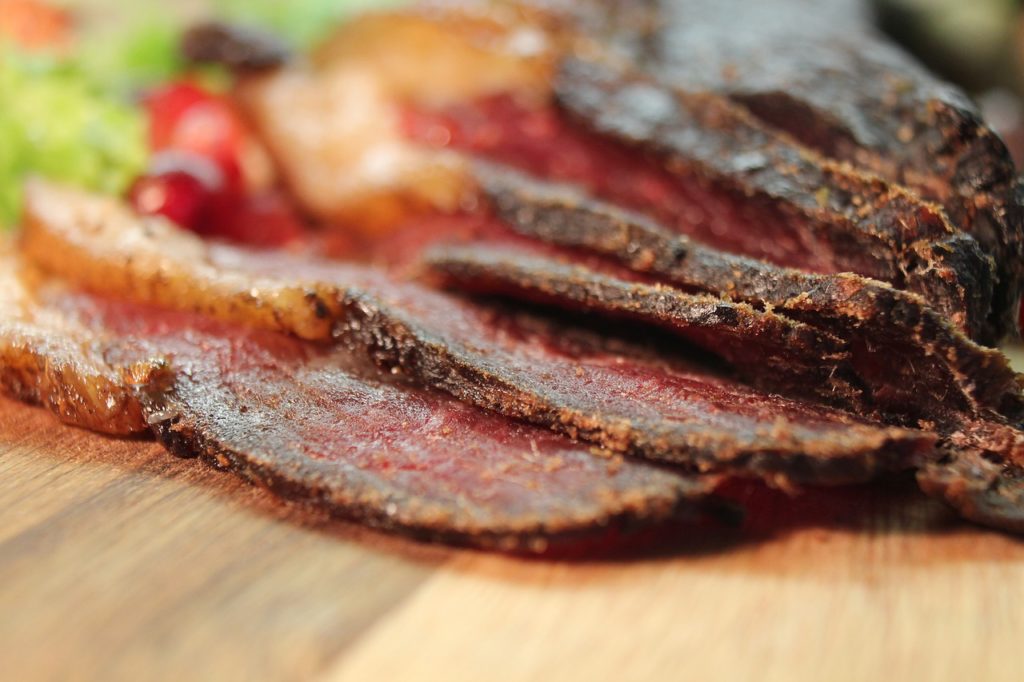
For a snack that is a bit less healthy, try some vetkoek. It is a fried ball of dough with a filling that can be either savory or sweet. Vetkoek is a popular street food in South Africa, and is the perfect snack to grab while you’re milling about the city.
Bobotie is the comfort food of South Africa. Thought to be Malaysian in origin, this dish is comprised of minced meat (usually beef or lamb) mixed with eggs, milk, and curry spices and browned in an oven. This dish is considered by some to be one of South Africa’s national dishes and since its introduction to the country, it has become a staple in many households.
Shishi nyama is more of a cultural experience than a food in and of itself. It is the Zulu term for a barbeque and usually involves a gathering of friends for one of the best pastimes – grilling meat. There is no more authentic South African experience than gathering with locals around a braai (grill). Enjoy food such as boerewors (sausage), braaibroodjies (grilled sandwiches), or other dishes made from the excellent meat available in the country.
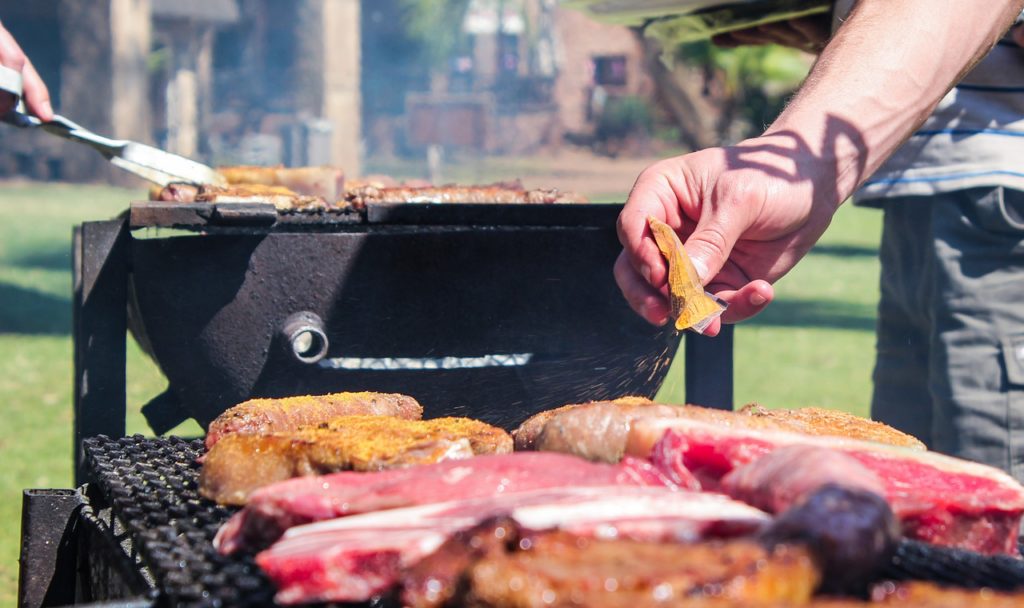
Bunny chow. Don’t worry about the name – you won’t find any rabbit’s feet in this dish. Bunny chow is a food traditionally eaten as an on-the-go meal by South African workers and you’ll find no shortage of Bunny chow from the local street vendors. Bunny Chow is made of a hollowed out loaf of bread filled with curry and can be made with either meat or as a vegetarian dish.
For a fine-dining twist on South African food, check out the DW 11-13 restaurant which can be found in the Dunkeld West area of Johannesburg. This is an extremely well-rated restaurant which offers a creative twist on traditional favorites. From the excellently plated tasting menu to the attentive service, DW 11-13 is a fine-dining experience not to be missed.
How to Get Around – Johannesburg, unfortunately, is not a very pedestrian-friendly city. There is much urban sprawl, so walking is not a very efficient way of getting around. Public transportation is improving, but currently not as good as other similarly-sized cities. The most well-developed and safest form of public transportation in Johannesburg is the Gautrain, however it does not cover all areas of the city – only the airport, Pretoria, Rosebank, Marlboro, Midrand, and Centurion. Johannesburg is a city built for the car, so a car is the best way of getting around. Renting a car is definitely a viable option in the city and it will be easy for even visitors to navigate the roads. If don’t want to rent you can hire a car service as well. Rather than hail a cab, we strongly suggest pre-arranging your ground transportation with a reputable company. Uber is also available in Johannesburg if you want more flexibility in getting around.
Where to Stay –If you are looking for good food, energetic nightlife, and a bohemian atmosphere, then we recommend Melville. This suburb of Johannesburg offers many hotel options and easy access to the Central Business District. Not only is Melville considered one of the cultural centers of Johannesburg, but it is also a very safe and friendly neighborhood to stay in. Some of the most popular bars and restaurants are located in Melville and you’ll find no shortage of trendy shops and cafes in this neighborhood either.
The Houghton/Rosebank/Sandton area is also another option for a nice, safe area to stay in. It has a bit less of a nightlife scene than Melville, but has an ample amount of restaurants and some of the best shopping in the city. Some of the top-rated hotels in Johannesburg are located in this area, so you’ll definitely be able to find a good place to sleep.